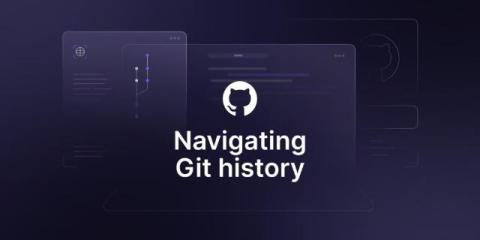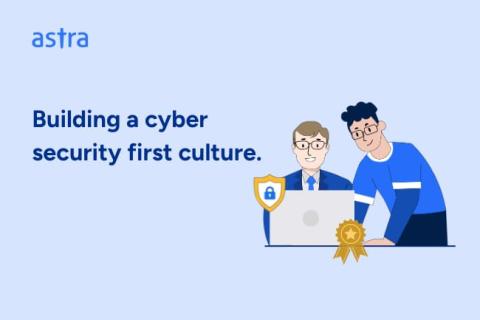Security | Threat Detection | Cyberattacks | DevSecOps | Compliance
%term
Navigating Git History
In today’s software development, Git usually stands as a “go-to” for DevOps projects. It allows teams of developers to collaborate and contribute on non-linear projects, go back to any point in time and undo, as well as, redo changes whenever they need. In this article, we will go over important commands to help you navigate your commit history.
The Tokenization Revolution: Transforming Financial Markets
In the ever-evolving landscape of global finance, a new paradigm is emerging that promises to reshape assets, investments, and financial transactions at a fundamental level. Welcome to the era of tokenization.
How to Build a Cyber Security Culture?
Cybersecurity is no longer an awareness issue but a strategic execution problem. In 2023, 96% of CEOs acknowledged cybersecurity’s importance for organizational growth, stability, and competitiveness, but only 15% had dedicated board meetings to discuss cybersecurity issues. This disconnect between awareness and action stems primarily from difficulty quantifying cybersecurity goals, investments, and return on investment (ROI), making it easier to overlook or, at best, an afterthought.
Mitigating Alert Fatigue in SecOps Teams
Security Operations Teams (SOCs) today are under attack by the very mechanisms meant to help them. A recent industry study revealed a few startling facts: And unsurprisingly, the vast majority (80%) say that manual processes are slowing them down. These stats lay out both the problem with and solution to alert fatigue today: too many alerts, too many bad ones, and not enough streamlined processes helping SOCs get ahead of the problem.
Navigating the Cloud Chaos: 2024's Top Threats Revealed
Misconfigurations (when cloud computing assets are set up incorrectly, leaving them vulnerable to unauthorized access, data breaches, and operational disruptions) and inadequate change control top the list of cloud security threats in 2024, rising from third place the year before. It's clear that the transition to cloud computing has amplified the challenges of configuration management, making it critical for entities to adopt cloud-specific configurations.
A Comprehensive Guide to Today's IGA Solutions: Features, Benefits, and Options
Let’s face it. Managing and securing IT networks is far more complex today. Beyond securing endpoints, sensitive data, and the network perimeter, security teams must also focus on identity security, access management, and regulatory compliance. They not only have to create password policies but protect those passwords and access privileges. Twenty years ago, no one had to worry about things such as cloud identity. Today, a different world demands a different set of tools.
How to Automate PowerShell Scripts with Task Scheduler
Windows Task Scheduler enables users to schedule tasks to run at a specific date and time, on a defined schedule, or when triggered by certain events. This built-in tool of Windows operating systems helps improve efficiency and ensure reliable execution of repetitive tasks. In this blog, we will show you how to run a PowerShell script from Task Scheduler and how to create scheduled tasks using PowerShell.










